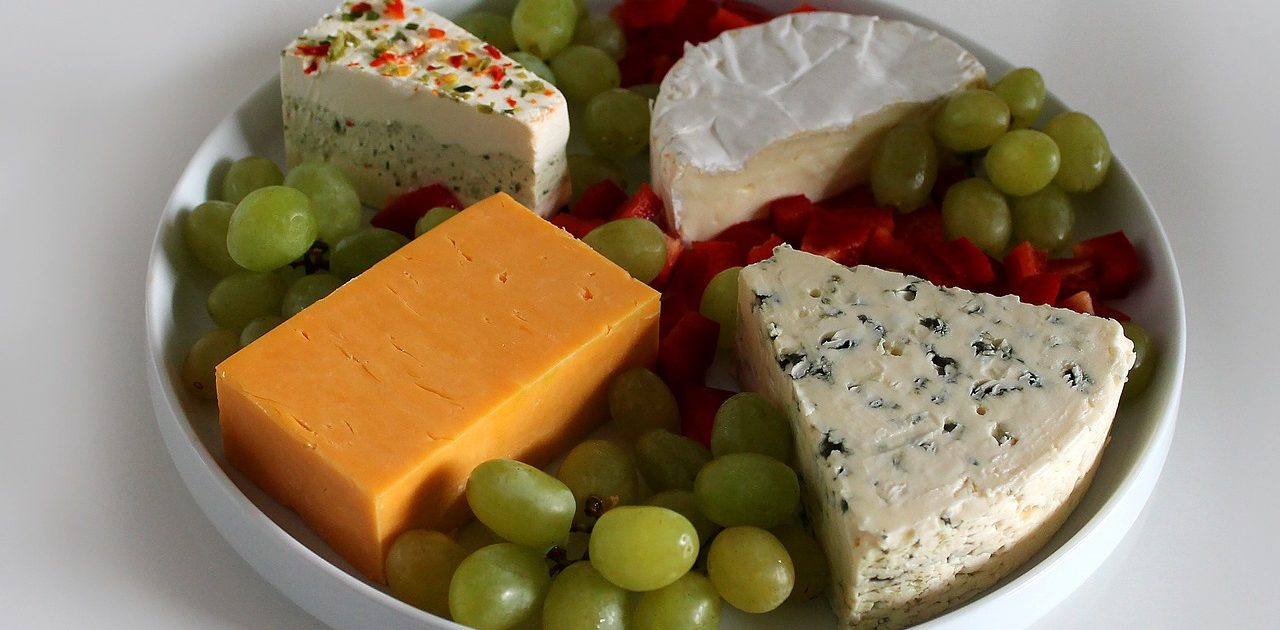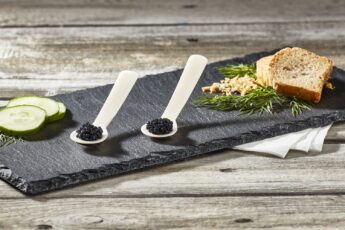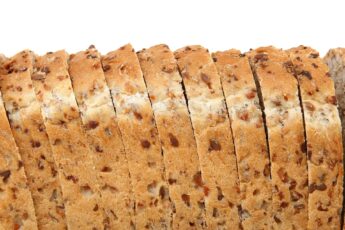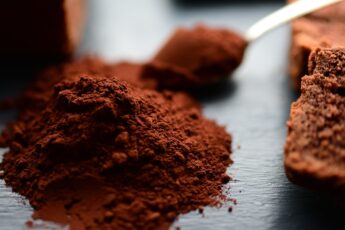Who doesn’t love cheese? Whether it’s a grilled cheese sandwich, a baked brie with fresh figs and whole grain crackers (drizzled with a little honey, perhaps?), something grated over pasta, or just some cubed cheddar to have with fruit for an afternoon snack, cheese is not only a big favorite, it’s almost a comfort food.
Cheese is often criticized by those who promote healthy eating, and it’s true that about half the fat in cheese is saturated fat. But do we need to forego one of our favorite foods in order to be healthier? More to the point, does all dairy fat BEHAVE the same way in the body? The emerging science would suggest not, with cheese coming out ahead of butter.
Isn’t butter the same type of fat as cheese?
Pretty much, but a recent meta-analysis (a study that combines the results of multiple research studies) showed that cheese lowered LDL-cholesterol (the bad kind), compared to baseline levels, and butter raised it.
That might seem odd, given that cheese and butter both have fat from the same source – milkfat – and thus has the same proportion of saturated and unsaturated fat.
This is where butter and cheese part ways. Cheese seemed to lower LDL-cholesterol, compared to baseline levels, butter raised it. Cheese also lowered HDL-cholesterol but the LDL figure is usually given more weight, with respect to cardiovascular risk.
A more recent study, a single randomized control trial involving 92 men and women, showed that cheese fared better than butter only on these cholesterol metrics, not on other metabolic factors such as blood pressure or fasting glucose levels, and the LDL-effects were more pronounced in subjects with higher baseline LDL levels.What gives?
The reasons for the differences produced by cheese vs. butter are not totally clear. Top theories are:
• The dairy calcium may be binding with fat in the small intestine, reducing fat absorption and thus cholesterol synthesis.
• Cheese’s fermentation may play a role in impairing cholesterol synthesis and reabsorption in the large intestine. A 2011 study postulated that bacteria in the large intestine may bind to bile acids that, in turn, prevent some cholesterol from being absorbed.
• Some of the fat in cheese (and milk, for that matter) is trapped within the casein matrix, perhaps making some of that fat less available to fuel cholesterol synthesis.
 Keeping grounded, without grinding
Keeping grounded, without grinding
None of these study results is a license to go out and scarf an 8-oz wheel of brie (much as I’d love to). The 2017 study above also looked at how high monounsaturated fats (MUFA) and polyunsaturated fats (PUFA) stacked up against the butter and cheese diets.
Result: The MUFA and PUFA diets produced lower levels of LDL-cholesterol then either butter or cheese. In other words, cheese fares better than butter, but diets higher in MUFA and PUFA fats seemed to lower LDL cholesterol even more.
Cut-To-The-Chase Tip: Keep eating cheese. It’s loaded with great protein, calcium, and other nutrients and it’s delicious. Keep it to an ounce or two, and pair it with good company, like fruit, vegetables, and whole-grains. For cooking, favor olive or canola oil instead of butter. Healthy eating is NEVER about deprivation, obsession, or perfection. It’s about balance.





